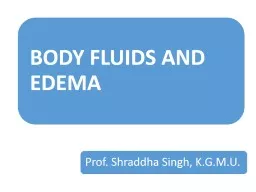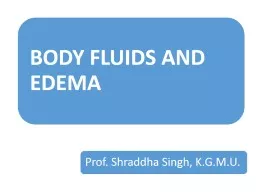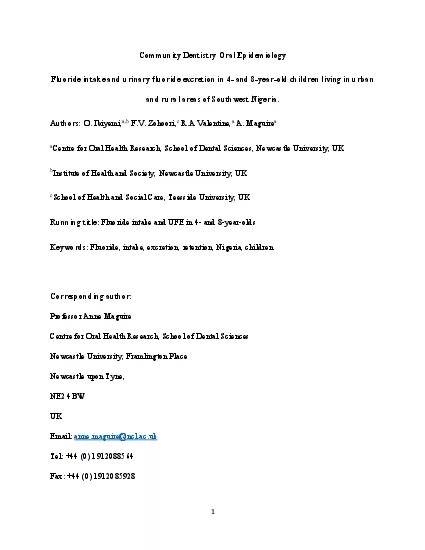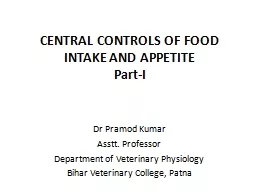PPT-Daily Intake and Output of Water (ml/day)
Author : sherrill-nordquist | Published Date : 2016-02-23
INSENSIBLE WATER LOSS BODY FLUID COMPARTMENTS Constituents of Extracellular and Intracellular Fluids MOLES AND OSMOLES One osmole osm is equal to 1 mole mol
Presentation Embed Code
Download Presentation
Download Presentation The PPT/PDF document "Daily Intake and Output of Water (ml/day..." is the property of its rightful owner. Permission is granted to download and print the materials on this website for personal, non-commercial use only, and to display it on your personal computer provided you do not modify the materials and that you retain all copyright notices contained in the materials. By downloading content from our website, you accept the terms of this agreement.
Daily Intake and Output of Water (ml/day): Transcript
Download Rules Of Document
"Daily Intake and Output of Water (ml/day)"The content belongs to its owner. You may download and print it for personal use, without modification, and keep all copyright notices. By downloading, you agree to these terms.
Related Documents














